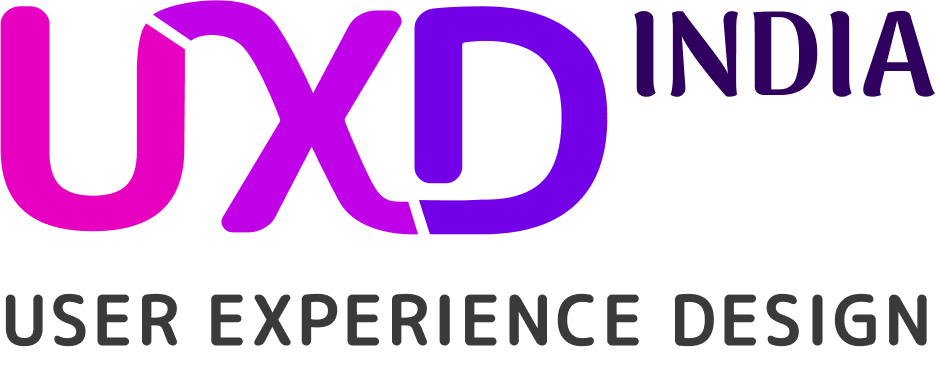The Evolution of Call Center CRM Systems Over the Years

Remember when customer service meant just answering phones?
Call centers have transformed radically over the past two decades — from being reactive support units to becoming proactive customer engagement hubs. But what truly powered this evolution? It wasn’t just better headsets or faster internet.
It was the rise (and rise) of Customized CRM systems tailored specifically for Call Centers.
So how did we go from manual ticketing to AI-driven customer journeys? Let’s trace the journey.
From Rolodex to Digital CRMs: The Early 2000s
In the early 2000s, most call centers operated on basic contact management software — if at all. Customer data was scattered across spreadsheets, email threads, and handwritten notes.
There was zero context in calls. Agents had to ask for the same information multiple times, leading to long average handling times and frustrated customers.
Example: In 2003, many Indian BPOs supporting US-based companies like Dell and AOL relied on Excel-based logs and basic telephony systems. Agents were often trained to “handle volume” — not build relationships.
Back then, the idea of a centralized CRM seemed like a luxury.
2005–2010: Cloud-Based CRM Gains Ground
The mid-to-late 2000s saw a big shift — with companies like Salesforce and Zendesk bringing CRMs to the cloud. Call centers began integrating ticketing systems with phone systems, slowly digitizing their workflows.
Suddenly, agents could:
- Track past interactions
- Tag calls with issues
- Escalate tickets with notes
- Monitor SLAs and resolution times
According to Gartner, even by 2009, nearly 15% of CRM adoption was already cloud-based — a number that skyrocketed in the following years.
2011–2016: The Rise of Omnichannel Support
As social media, email, and live chat entered the picture, customer expectations changed. They didn’t just want support — they wanted it where they were.
This created a new challenge: how do you maintain context when a customer tweets you on Monday, emails on Tuesday, and calls on Thursday?
Enter the Omnichannel CRM.
Example: HDFC Bank, one of India’s largest private banks, integrated its call center with social and email channels using Oracle CRM by 2014. This allowed agents to view and manage multi-channel customer issues in a single interface.
Oracle’s Case Study on HDFC’s CRM Transition
2017–2021: Customization Becomes Critical
While big CRMs offered robust features, many companies found them too rigid.
Every call center had its own:
- Workflow logic
- Ticket escalation paths
- Compliance needs (especially in BFSI & healthcare)
- Language requirements (especially in Tier 2 and 3 India)
This pushed demand for Customized CRM systems that could adapt to each call center’s reality — not the other way around.
Example: Pune-based insurance TPA Medi Assist built a customized CRM on top of Zoho CRM Plus, integrating policy lookup, IVR logs, hospital verification, and claim tracking into one dashboard. This led to a 35% drop in repeat queries.
Zoho’s CRM Solutions for Call Centers
2022–2025: AI, Voice Analytics & Predictive CRM
Today, the game has changed again.
Modern Call Center CRMs now offer:
- AI-driven lead prioritization
- Real-time call transcription
- Sentiment analysis
- Predictive routing (assigning complex calls to senior agents)
- Integration with chatbots, WhatsApp, self-service portals, and even ChatGPT-based assistants
Example: US-based food delivery giant DoorDash used AI-powered CRM from Genesys to manage high call volumes with emotion detection and real-time agent coaching. This led to higher CSAT and lower churn.
Genesys & DoorDash CRM Case Study
Why Customized CRM Is the Future of Call Centers
Generic CRM platforms might work at surface level — but they often lack the ability to:
- Handle regional language flows
- Automate KYC or policy verification in real-time
- Comply with country-specific privacy and DND regulations
- Offer offline sync in low-bandwidth Tier 3 locations
A Customized CRM for Call Centers allows businesses to:
- Automate the exact workflows they follow
- Create reports that match KPIs (AHT, FCR, CSAT, NPS, etc.)
- Connect deeply with internal databases or APIs
- Train new agents faster with tailored UIs
Real Insight: A 2023 report by NASSCOM highlighted that contact centers using custom CRM integrations saw 2.1x higher employee retention and 27% faster issue resolution compared to those on rigid platforms.
Key Questions to Ask Your Team
Before upgrading your CRM, ask:
- Do agents switch tabs between tools during a call?
- Are we tracking the full journey across voice + digital?
- How customizable is our current system?
- Are we investing in tech that makes life easier for agents — or just management?
Because happy agents = happy customers — and it all starts with the right system.
Final Thoughts
The evolution of Call Center CRM systems isn’t just a tech story — it’s a story of how businesses started listening better, acting faster, and personalizing deeper.
In 2025 and beyond, it’s not about if you need a CRM — it’s about how customized it needs to be to serve your customers and your team effectively.
So ask yourself: Is your CRM system just tracking tickets — or building real relationships?
Images used in this blog are from Freepik.
